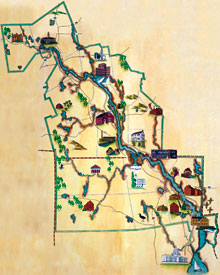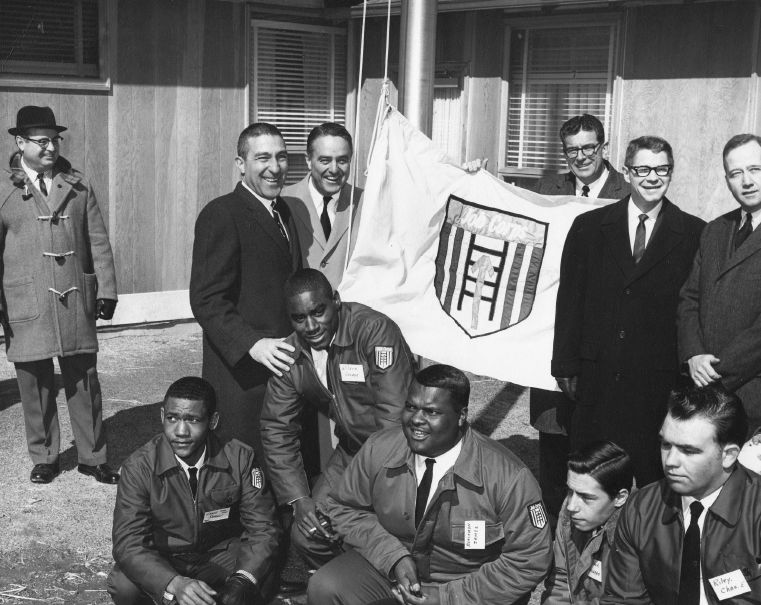To provide observations and information on the emerging fields of landscape scale conservation, heritage preservation, and sustainable community development.
Newsletter
Stay up-to-date with the latest nature, culture and community news.
We won’t spam you or share your information. Newsletters are sent approximately 10 times a year. Unsubscribe at any time.
Sustainability – is it really what we want?
What does it mean for new types of parks and protected areas, like heritage areas, to be financially “sustainable”? Is that the best approach to the conservation of complex, lived-in landscapes or does it lead to unrealistic goals, especially in the realms of fundraising and yearly operating budgets.
National Heritage Areas Receive Holiday and Anniversary Gifts
Congress wrapped up the 2014 session with two big Christmas tree bills with lots of presents for the National Heritage Areas (NHA). The first was the National Defense Authorization Act, which extended National Park funding for fifteen of the National Heritage Areas. Then a couple of days later along came the Omnibus Appropriations Bill for 2015, which increased funding for the program from the administration’s original 2015 request of $9.2 to $20.3 million dollars.

Special Update: Blackstone River Valley National Historical Park next step up for National Heritage Areas?
Interested in the future of the heritage movement? Concerned that the program has had to invest so much of its political capital on re-authorization and just hanging on to a flat line budget? Then the recent legislation establishing the Blackstone River Valley National Historical Park might be one way forward – offering stability and just possibly a new kind of partnership to conserve landscape scale resources.
Cultural Landscapes Conference at the University of Massachusetts
This timely conference, Cultural Landscapes and Heritage Values: Embracing Change in the Management of Place, will emphasize the need to acknowledge and engage change in the successful

The Year’s Top Stories
A list of the ten most read stories from 2014 covering local, national and even international issues with both contemporary and historical emphases.
Sustainability – is it really what we want?
What does it mean for new types of parks and protected areas, like heritage areas, to be financially “sustainable”? Is that the best approach to the conservation of complex, lived-in landscapes or does it lead to unrealistic goals, especially in the realms of fundraising and yearly operating budgets.
National Heritage Areas Receive Holiday and Anniversary Gifts
Congress wrapped up the 2014 session with two big Christmas tree bills with lots of presents for the National Heritage Areas (NHA). The first was the National Defense Authorization Act, which extended National Park funding for fifteen of the National Heritage Areas. Then a couple of days later along came the Omnibus Appropriations Bill for 2015, which increased funding for the program from the administration’s original 2015 request of $9.2 to $20.3 million dollars.

Special Update: Blackstone River Valley National Historical Park next step up for National Heritage Areas?
Interested in the future of the heritage movement? Concerned that the program has had to invest so much of its political capital on re-authorization and just hanging on to a flat line budget? Then the recent legislation establishing the Blackstone River Valley National Historical Park might be one way forward – offering stability and just possibly a new kind of partnership to conserve landscape scale resources.
Cultural Landscapes Conference at the University of Massachusetts
This timely conference, Cultural Landscapes and Heritage Values: Embracing Change in the Management of Place, will emphasize the need to acknowledge and engage change in the successful

The Year’s Top Stories
A list of the ten most read stories from 2014 covering local, national and even international issues with both contemporary and historical emphases.


